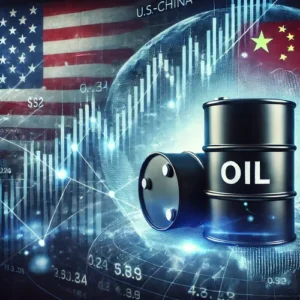Recent days have seen significant shifts in U.S. President Donald Trump’s approach to trade policies, as he has begun imposing new tariffs at an accelerated and unexpected pace on some of the United States’ most important trading partners. This marks a fundamental change in strategy compared to his previous policies.
Unconventional Changes in Tariff Implementation
The U.S. administration has imposed new tariffs on multiple countries, including a 10% tariff on China, prompting Beijing to immediately retaliate with countermeasures. Meanwhile, a planned 25% tariff on Canada and Mexico has been put on hold for one month to allow further negotiations.
This rapid decision-making process has left global markets in a state of uncertainty, as the U.S. government increasingly uses tariffs as a pressure tool to gain broader advantages in trade negotiations.
International Reactions and Impact on U.S. Companies
China wasted no time in responding to these developments, threatening to launch investigations against major U.S. tech companies such as Google and Nvidia. This move signals a new strategy of economic counterpressure, intensifying the ongoing trade dispute.
Meanwhile, Peter Navarro, a senior trade advisor to President Trump, confirmed at a Politico event that Trump plans to speak directly with Chinese President Xi Jinping to discuss the trajectory of these tariffs, with the possibility of suspending some tariffs as part of broader negotiations.
Effects on the Economy and Financial Markets
These unexpected developments have left Wall Street and U.S. businesses on edge, as analysts suggest that these moves represent a new precedent in American trade policy, which could have significant consequences for business environments and international trade.
Experts believe that the U.S. administration is redefining the role of tariffs, not just as a tool for protecting domestic industries, but as a powerful bargaining weapon that can be leveraged for broader economic gains.
What’s Next?
With these developments unfolding, the key question remains: Will this strategy lead to more balanced trade agreements? Or will it further escalate economic tensions, potentially impacting the global economy?
Markets and investors remain on high alert, cautiously awaiting further escalations or potential compromises between the involved parties.





